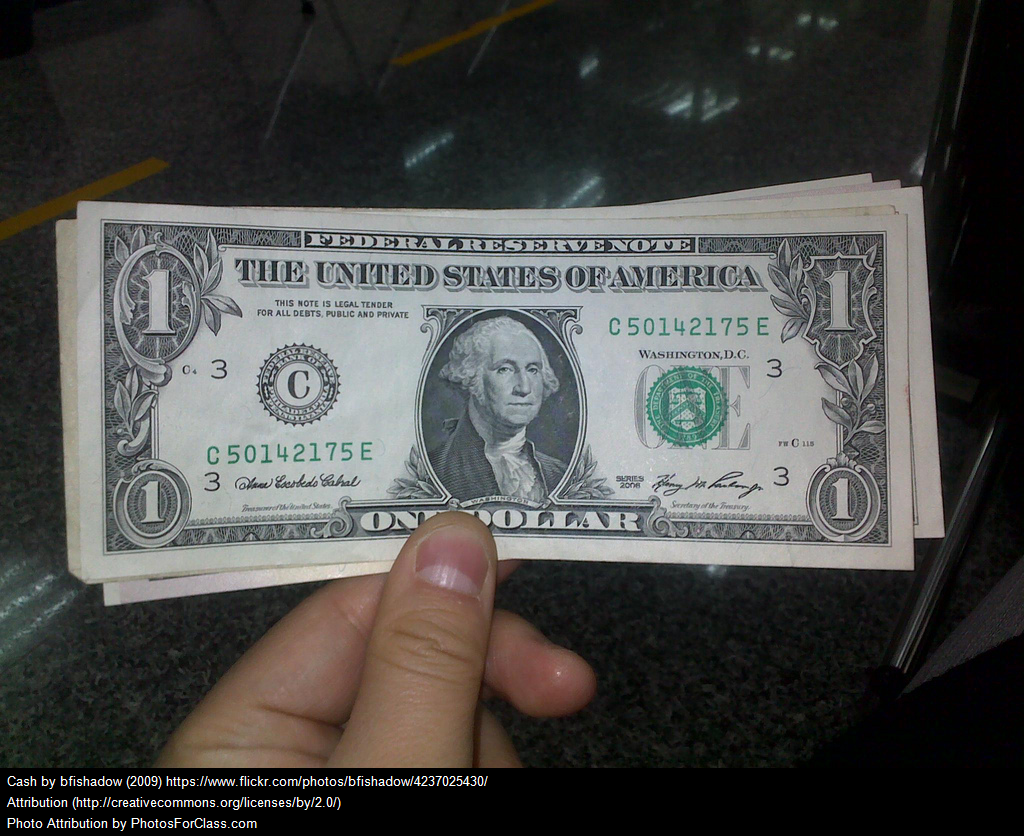This blog has gained many new readers over the past year. Because of that, I thought it might be worth sharing a daily “A Look Back” where I share a best post from the past twelve years. You can also see all of my choices for “Best” posts here.
I originally published this post in 2015, and received feedback that it described PBIS accurately:
From discipline-and-punish to a culture of prevention is the headline of an article from The Notebook in Philadelphia about a school that’s implementing the Positive Behavioral Interventions and Supports (PBIS) system.
Here’s how it begins:
For Amy Williams, principal of the William Dick Elementary School in North Philadelphia, it had to rank among the strangest frantic parent calls she had ever received.
“He’s crying because I washed his pants,” the mother of a 4th-grade boy told her.
Unfortunately, the pants had contained the boy’s wad of “Cat Cash,” play money handed out by teachers at the school to reward good behavior by individual students and whole classes.
For the students, collecting the Cat Cash — named for the school mascot, the panther — may be a game, trading the cash for goodies ranging from stuffed animals to class trips.
I’m really not that familiar with PBIS, though my impression is that extrinsic incentives like “Cat Cash” is a major part of it.
It will be no surprise to regular readers that I’m not a fan of this kind of system, since I’ve written a zillion posts and three books about the negative impacts of extrinsic motivation.
I’m not going to recite the research and reasoning that backs-up my position here — those links will take you to all of that.
However, I also want to repeat, as I’ve written before, that doesn’t mean I believe that extrinsic motivation can never play a role in classroom management. In fact, the most effective — by far — system that I have found to regain control of an out-of-control class is one that used just about the most common incentive system in classrooms today — points.
I wrote a very popular post, and a book chapter about it. You can read my piece titled Have You Ever Taught A Class That Got “Out Of Control”?
So, yes, using points or “cash” can be very effective in the short-term with a class, but if you want to teach long-term Social Emotional Learning Skills, I believe that having an exit strategy (which you can read about in that post) is absolutely critical.
Notice that I said “with a class.” On occasion, I might have a individual student who is facing so many challenges that he/she appears immune to every strategy I know of to help create the conditions for his/her self-motivation. In those very rare instances, I will use extrinsic incentives. Almost without fail, other students recognize that student’s specific challenges, and there are no complaints about favoritism.
I’d be interested in hearing from readers more familiar with PBIS than I am — are extrinsic motivators as central to that strategy as the article seems to say? Am I being too judgmental?




Recent Comments